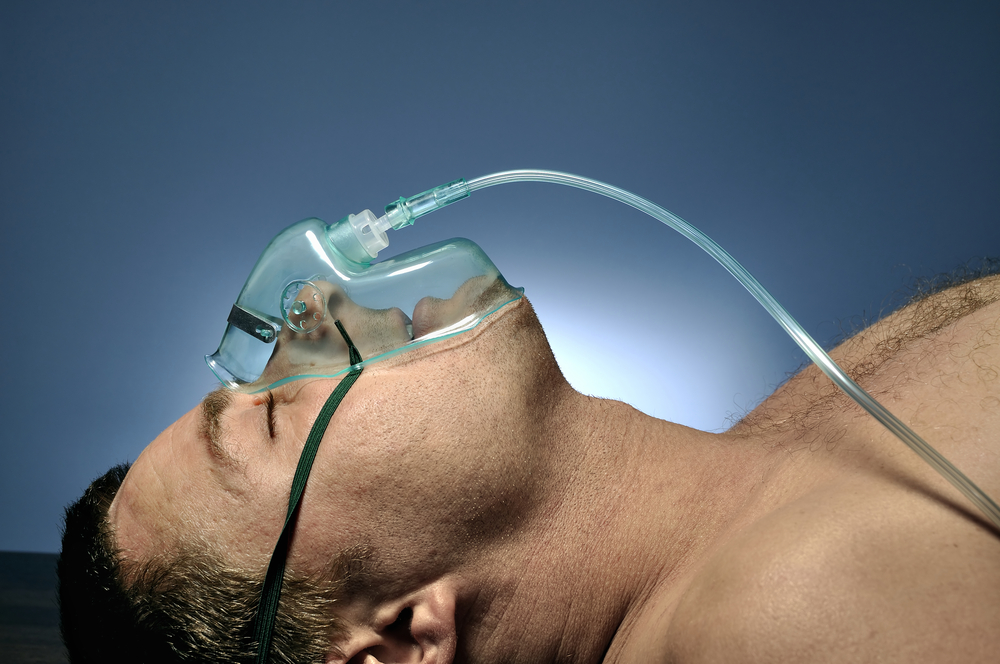What Is a Medically Induced Coma?

What do late rapper Tupac Shakur, former Congresswoman Gabrielle Giffords, comedian Gallagher and Israeli Prime Minister Ariel Sharon have in common? All three have been put into a medically induced coma.
Though the procedure is widely known (primarily through news reports), it's not that common for doctors to induce a coma in a patient. "It's not something you do lightly," Dr. Michael J. Souter, professor of anesthesiology and neurological surgery at the University of Washington in Seattle, told LiveScience. "You do it for someone who's really ill when other options are rapidly diminishing."
A coma is induced in patients who are at high risk of brain injury, either from physical trauma (as in the case of Giffords, who was shot in the head in 2011), a drug overdose, or a disease such as meningitis, rabies or status epilepticus (a long-lasting and life-threatening seizure). [The 9 Most Bizarre Medical Conditions]
In July 2013, a 12-year-old girl who was infected with a brain-eating amoeba known as Naegleria fowleri was put into a medically induced coma, which may be one reason she is one of the few people to survive the rare but often-deadly disease.
Why comas are induced
The purpose of a medically induced coma, Souter explained, is to ensure the "protection and control of the pressure dynamics of the brain." High pressure caused by brain swelling can starve some areas of the brain of oxygen; swollen brain tissue can also be injured by pushing against the inside of the skull. By reducing the electrical activity in the brain and slowing down the brain's metabolism, an induced coma can minimize the swelling and inflammation of the brain.
Other options for reducing brain swelling include drugs like diuretics or steroids, draining excess fluids from inside the skull or increasing blood flow from the brain. But when these other options fail to produce an adequate drop in brain pressure, a coma may be induced.
Sign up for the Live Science daily newsletter now
Get the world’s most fascinating discoveries delivered straight to your inbox.
Before a coma can be induced, Souter emphasized that it's critical the proper equipment and medical personnel be available. The procedure is initiated in an intensive-care unit (ICU), where monitoring technology is available to support the airway and ensure that blood pressure, heart rate and oxygen levels in the blood are maintained at normal levels.
The drugs needed to induce a coma — usually propofol or a barbiturate such as pentobarbital or thiopental — are given to a patient by an infusion pump that administers precisely metered doses. These drugs "have a continuum of effects," Souter said, allowing the anesthesiologist to gradually take the patient from "general anesthesiology into a deep coma."
The length of time a patient is in a medically induced coma is "largely dependent on the disease that you're treating," Souter said. In most cases, a coma is induced for a few days up to two weeks; induced comas longer than a month are extremely rare. "It's very much dependent on the individual circumstances," Souter said.
Risks of a medically induced coma
Like most medical procedures, an induced coma carries some risks. "One of the consequences that we do know of is an increased risk of infection," Souter said. Chest infections are particularly common, since a coma greatly affects the cough reflex, which helps to clear secretions from the lungs.
Barbiturates, too, can diminish the immune response, though there's "not a great wealth of data on that," Souter said. And preventative use of antibiotics is not usually recommended due to their association with the development of antibiotic-resistant bacteria, aka "superbugs."
There is also some controversy over the need for medically induced comas: A number of studies have found limited benefits from barbiturate-induced comas, particularly among people over age 40. A 2004 report from the journal Anaesthesia found that "the potential benefits of barbiturate coma have to be balanced against the risks. These complications need to be considered when an adverse neurological outcome seems likely."
Comas and nightmares
Some patients who have undergone an induced coma report experiencing vivid nightmares and hallucinations. Souter attributes this effect to the brain's efforts at trying to make sense of perceptions (especially sounds) from the environment.
"As an anesthesiologist, I can tell you that there are a lot of interesting perceptions that patients have as they're emerging from anesthesia," Souter said. "It's relatively common for reporting all sorts of perception following sedations," including some very disturbing hallucinations. "There are some fairly vivid nightmares, usually as they're emerging from sedation," he added.
Despite the risks associated with a medically induced coma, the procedure has improved considerably in recent years, largely due to the advances in monitoring technology; much of the monitoring that medical professionals need to do can now be performed on laptops, Souter said. "It's vastly improved over the last couple of years."
Follow Marc Lallanilla on Twitter and Google+. Follow us @livescience, Facebook & Google+. Original article on LiveScience.











